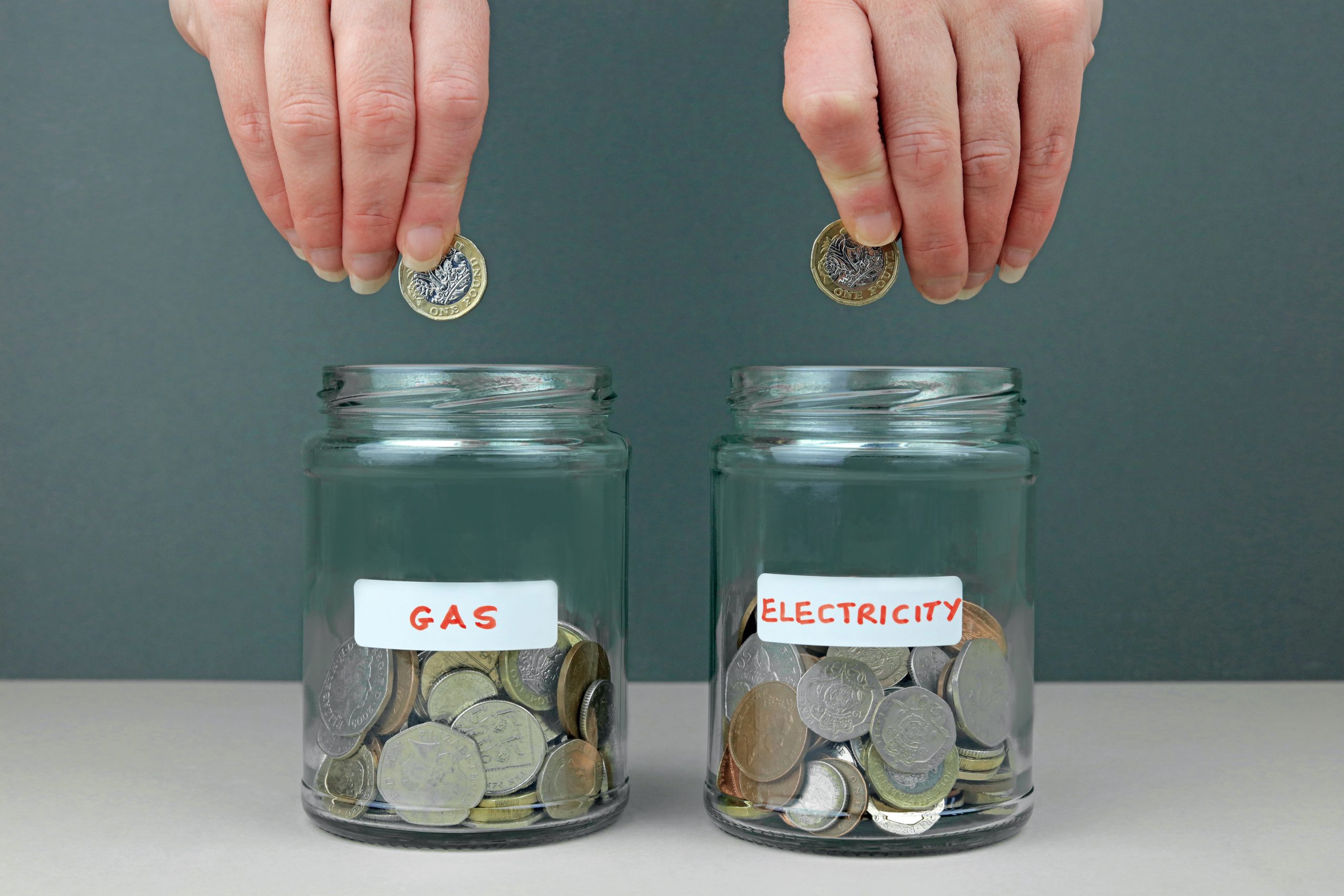Solar panels have gained significant popularity in the United Kingdom as an eco-friendly and cost-effective way to generate clean energy. However, you might wonder, “How much do solar panels cost?” In this blog post, we will explore the costs associated with solar panels in the UK to provide you with an accurate and up-to-date understanding of the expenses involved.
Solar Panel Costs in the UK: An Overview
The cost of solar panels in the UK can vary widely, depending on several factors.
1. Solar Guide – According to Solar Guide UK, the average cost of a solar panel system in the UK can range from £3,000 to £10,000 or more. The price variation depends on the system’s size, the quality of the panels, and the installation costs.
2. Energy Saving Trust – The Energy Saving Trust reports that a typical domestic solar PV system costs between £4,000 and £8,000. These costs include the panels, inverter, installation, and other necessary equipment.
Factors Influencing Solar Panel Costs
1. System Size – The size of the solar panel system is a significant cost factor. Larger systems generate more electricity but also come with a higher initial investment. Smaller systems are more budget-friendly but may not cover all of your energy needs.
2. Quality of Solar Panels – The quality and brand of the solar panels you choose will impact the cost. High-efficiency panels are more expensive but can produce more electricity in less space, making them a wise long-term investment.
3. Installation Costs – The installation cost can vary based on the complexity of your roof and the distance between the solar panels and your electrical system. Labour costs can also differ from one installer to another.
4. Location – Your geographical location plays a role in the overall cost. The amount of sunlight your area receives affects the efficiency of your system, which can influence the size and cost of the solar panel setup.
Breakdown of Solar Panel Costs
To understand the costs better, let’s break them down further:
1. Solar Panels: Solar panels themselves can cost between £1,000 to £6,000 for a domestic system, depending on the quality and efficiency.
2. Inverter: An inverter converts the DC (direct current) electricity produced by the panels into AC (alternate current) electricity for household use, which can cost around £500 to £2,000.
3. Installation: Installation costs usually make up a significant portion of the total expenses, ranging from £1,000 to £3,000.
4. Additional Equipment: There may be additional equipment required, such as mounting hardware, wiring, and a generation meter, which can cost an additional £500 to £1,000.
5. Maintenance: While solar panels are low-maintenance, it’s important to consider occasional cleaning and potential repairs, which could add to the overall cost over the years. Many solar panel installers offer FREE maintenance when you choose them for your solar panels.
Conclusion
The cost of solar panels varies depending on several factors, including system size, panel quality, installation costs, and geographical location. To get a precise estimate, it’s advisable to request quotes from multiple local installers, considering the equipment and installation quality.
Let’s Get You Started
Our high-quality solar panel systems start from £4,695. Get your FREE personalised quote here or call us at 01482 230 422.
